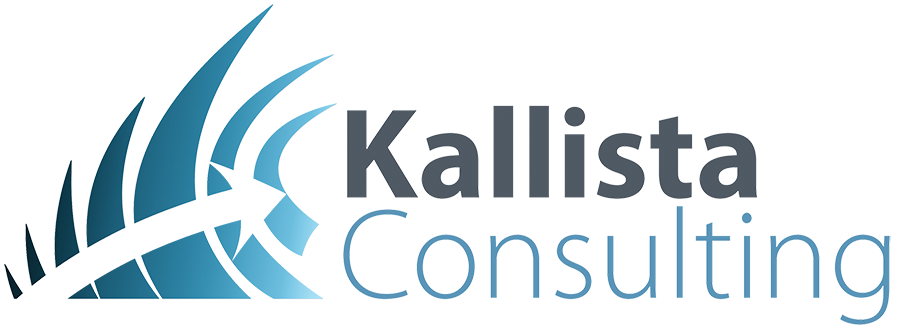Waiting Waste - The Hidden Productivity Loss
Part 4 of Value Creation & Waste; A Lean Practitioner's Perspective
When I first read a definition for Waiting Waste it was “People or machines idle while waiting for upstream processes to complete”. This description relates quite specifically to a manufacturing or moving assembly line, where an incomplete upstream process halts at least part of the production line, literally leaving people and/or machines idle.
However, if we look at the majority of processes and especially at non-manufacturing processes, when people cannot do their priority task, they usually can and will find something else to do and the people remain busy, even if the highest priority task is not being done (it has been put into inventory). In this way, waiting waste is often hidden. Hence, I prefer to define Waiting Waste as “People or machines unable to do their priority task due to waiting for an upstream process to complete”. As I have mentioned in other articles, the lean practitioner must learn to watch the work separately to the people if they are to properly understand how well work flows and the waste profile of their client.
Waiting waste can be particularly prevalent in service providers and administrative organisations, and this is especially true for government processes, where relatively high levels of governance dictate who can approve certain work. The delegation of authority (DOA) to approve the outcomes of certain process steps before the work can move to the next step often lies with managers. However, managers are not constantly engaged with the value stream, being distracted by other meetings and activities, and often lack diligence in completing approvals to a routine. Some may leave the approvals to pile up so they can work through them in batches, which, as we have discussed in the article on Inventory waste, automatically builds inventory waste into process and increases lead times. This can lead to large inventories of work ‘waiting for approval’ while teams wait for the approval outcome so they can begin the next step. I have often said to public sector audiences that the biggest contributor to lead time in the public sector is work sitting in inventory while waiting for approval. To date I’ve never had anyone disagree!
When working with a federal government agency to reduce process lead times, I noted some very long inventory times in a value stream. This inventory was digital; piles of cases sitting at a stage where they required approval within the ERP system (SAP). This work in inventory was creating waiting waste within the teams who had to do the next step. Note that this is a case of waste amplifying waste: inventory waste creates waiting waste. Cases reaching the approval step were held at that status within SAP, with the relevant managers notified by email. Actually, this email notification is a problem in itself, as managers at this level receive hundreds of emails each day and automated emails of this nature are often deemed a low priority, soon becoming buried and forgotten (hidden waste). So, we tried an experiment. Working with the IT team, we set a timer on the approvals of some days. If the approval was not done within that time, it would escalate to the manger above. The effect was instantaneous with a big reduction of lead times, releasing significant work capacity as managers sought not to allow their work to jump up to their boss! Sadly, due to a few cases leaking upwards, one of the bosses decided that they didn’t want these notifications coming through and the timer was turned off! Lessons: Always make your work queues visible and, when implementing a change, ensure that you communicate to all parties effectively why the change is being implemented and what the temporary effects might be!
There are other causes of waiting waste, including lack of parts, missing information, upstream process bottlenecks and capability gaps which link to the importance of;
developing methods to manage inventory and build supply chain relationships
studying your value stream to balance the line and create flow
constantly monitor and develop the skills of the team and, in particular, have sound induction plans for new staff so that they can work safely and autonomously as quickly as possible
ensure work is 'production ready' before it hits the line, i.e., ensure that the necessary drawings, detail, data, information etc is all at the required standard

